Revolutionary weapons that changed battlefields forever
Throughout history, the development of weapons has significantly shaped the course of warfare. From ancient times to the modern day, each new technological advancement brought about changes in strategy, outcomes, and even global politics.
Understanding these revolutionary weapons offers insight into how battles were won, empires rose and fell, and how the nature of combat has evolved over the centuries.
The Bow and Arrow: The Dawn of Long-Range Combat
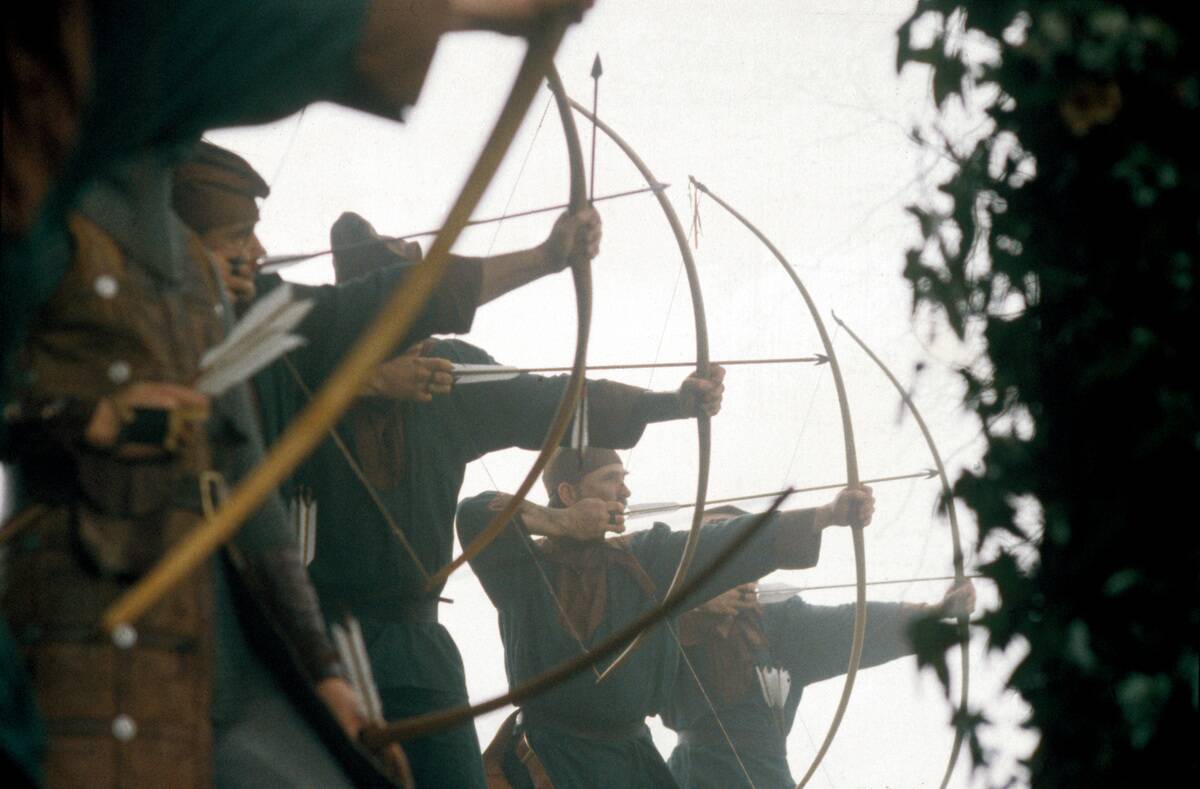
The bow and arrow marked one of the earliest instances of long-range weaponry, revolutionizing hunting and warfare alike. Used as early as 72,000 years ago, bows allowed archers to strike from a distance, providing a strategic advantage.
This innovation enabled armies to engage enemies without direct confrontation, laying the groundwork for future developments in ranged combat.
The Sword: Crafting the Perfect Balance of Elegance and Lethality

Swords have been symbols of power and prestige, with their design embodying both beauty and deadly efficiency. From the Roman gladius to the Japanese katana, each culture crafted its unique style to suit its needs.
Swords were not just tools of war but also ceremonial objects, representing the skill and honor of their wielders.
The Crossbow: When Precision Met Power
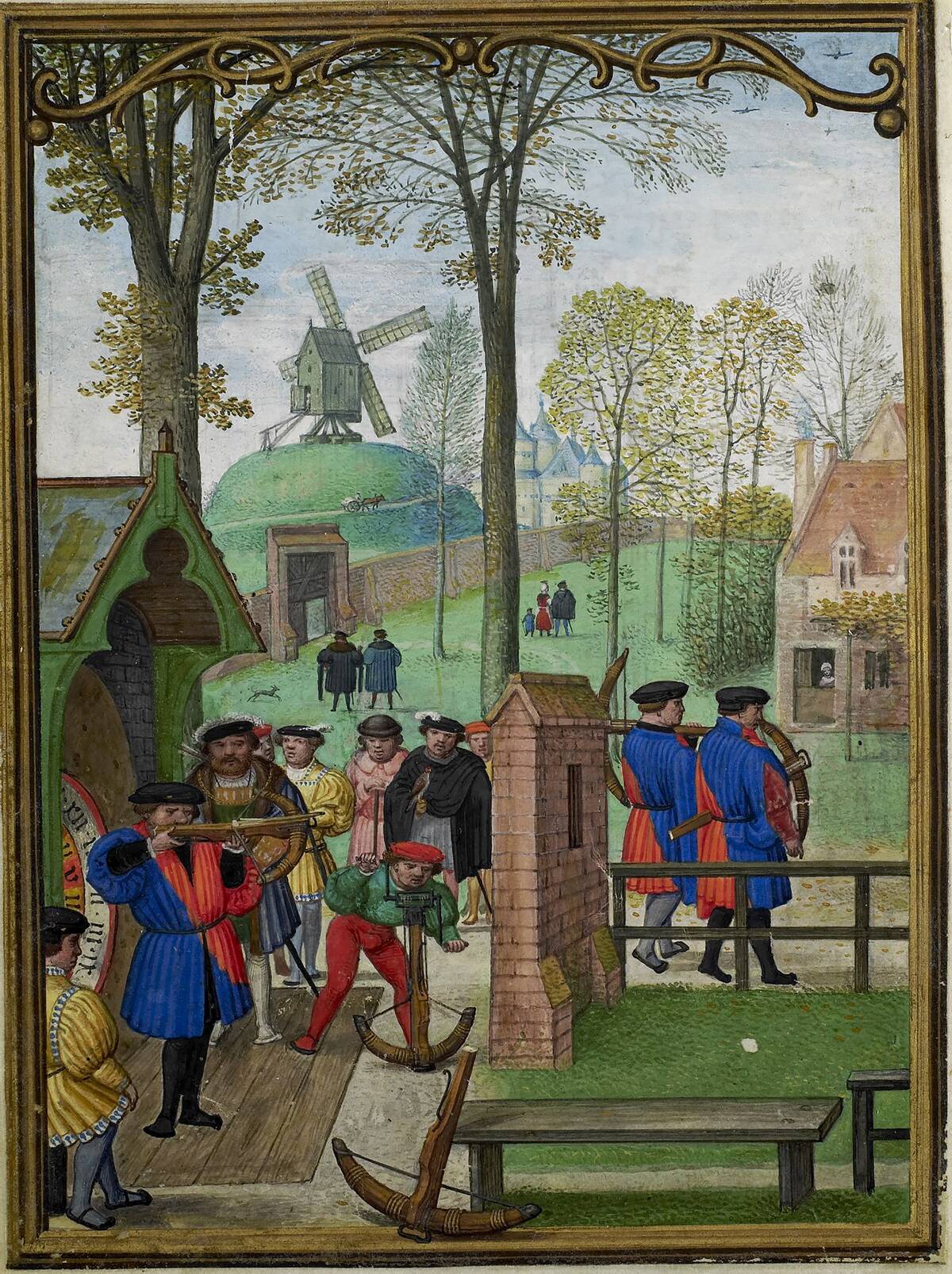
Invented in ancient China, the crossbow offered greater accuracy and power compared to traditional bows.
Its horizontal design and mechanical trigger allowed even untrained soldiers to shoot with precision, altering the dynamics of medieval warfare. The crossbow’s ability to pierce armor made it a feared weapon on the battlefield.
Gunpowder: The Catalyst of a New Era in Warfare
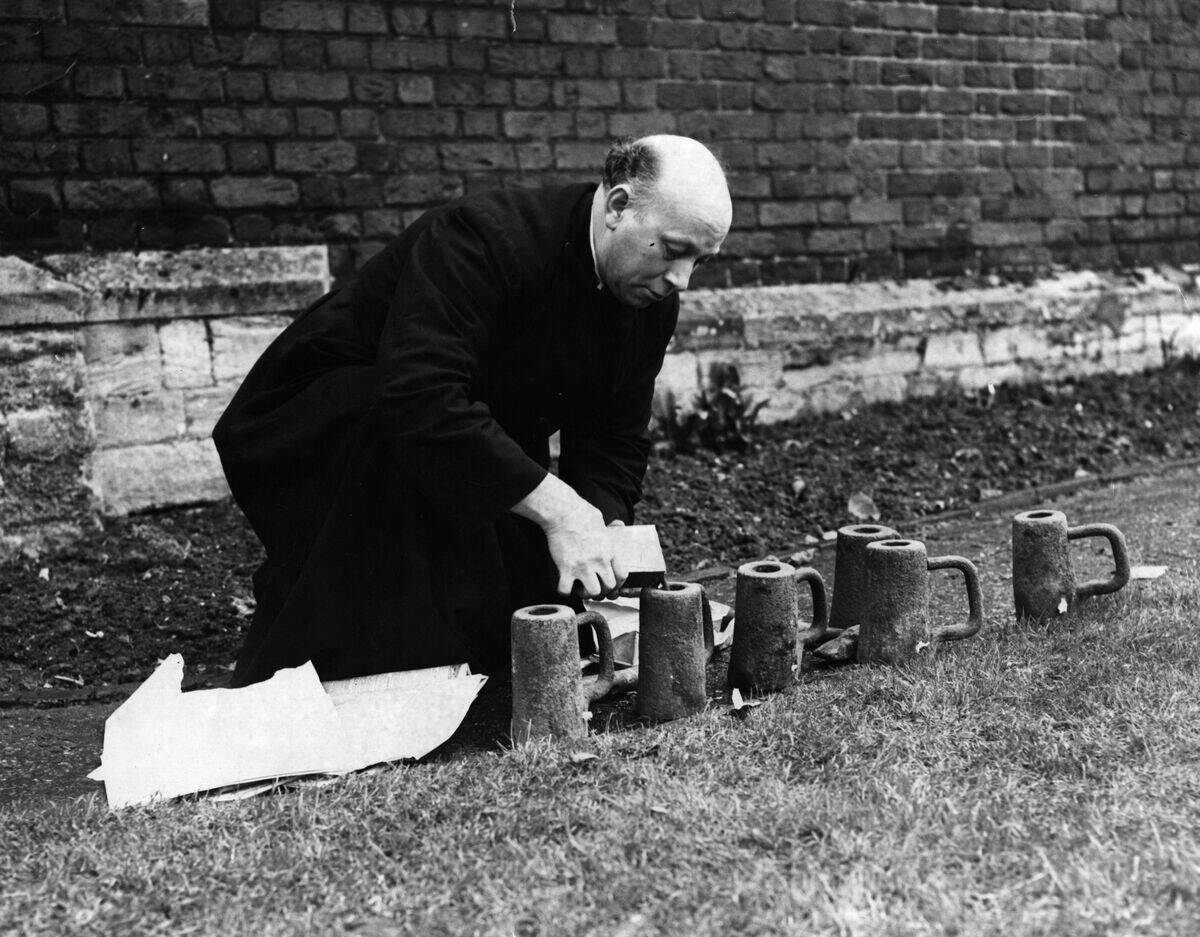
The introduction of gunpowder revolutionized warfare, leading to the development of firearms and artillery. First used in warfare around 904 CE in China, gunpowder spread to the Middle East and Europe, transforming military tactics.
It enabled the creation of cannons and guns, shifting the focus from melee combat to long-range firepower.
The Cannon: Unleashing Destruction from a Distance

Cannons emerged as dominant siege weapons, capable of demolishing fortifications from afar. First appearing in 13th-century China, they became crucial in European warfare during the Hundred Years’ War.
The cannon’s ability to fire heavy projectiles over long distances changed the architecture of castles and fortresses worldwide.
The Musket: Democratizing Firepower on the Battlefield
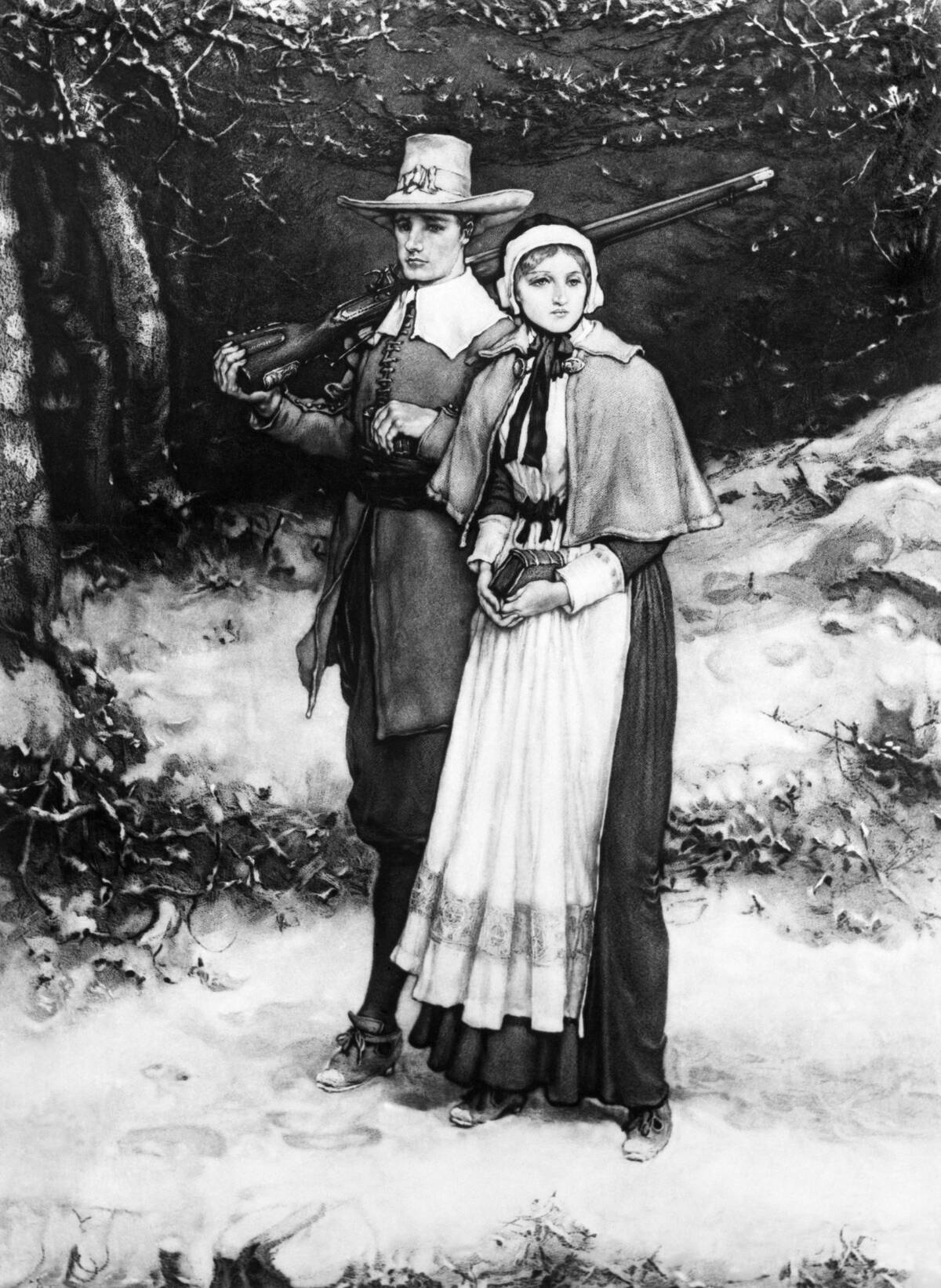
The musket, introduced in the 16th century, made firearms accessible to infantry, shifting the tide of battles. Unlike earlier firearms, muskets were relatively easy to produce and use, requiring less training.
This democratization of firepower allowed armies to expand and revolutionized infantry tactics, leading to the decline of armored knights.
The Rifle: Precision and Accuracy Redefined
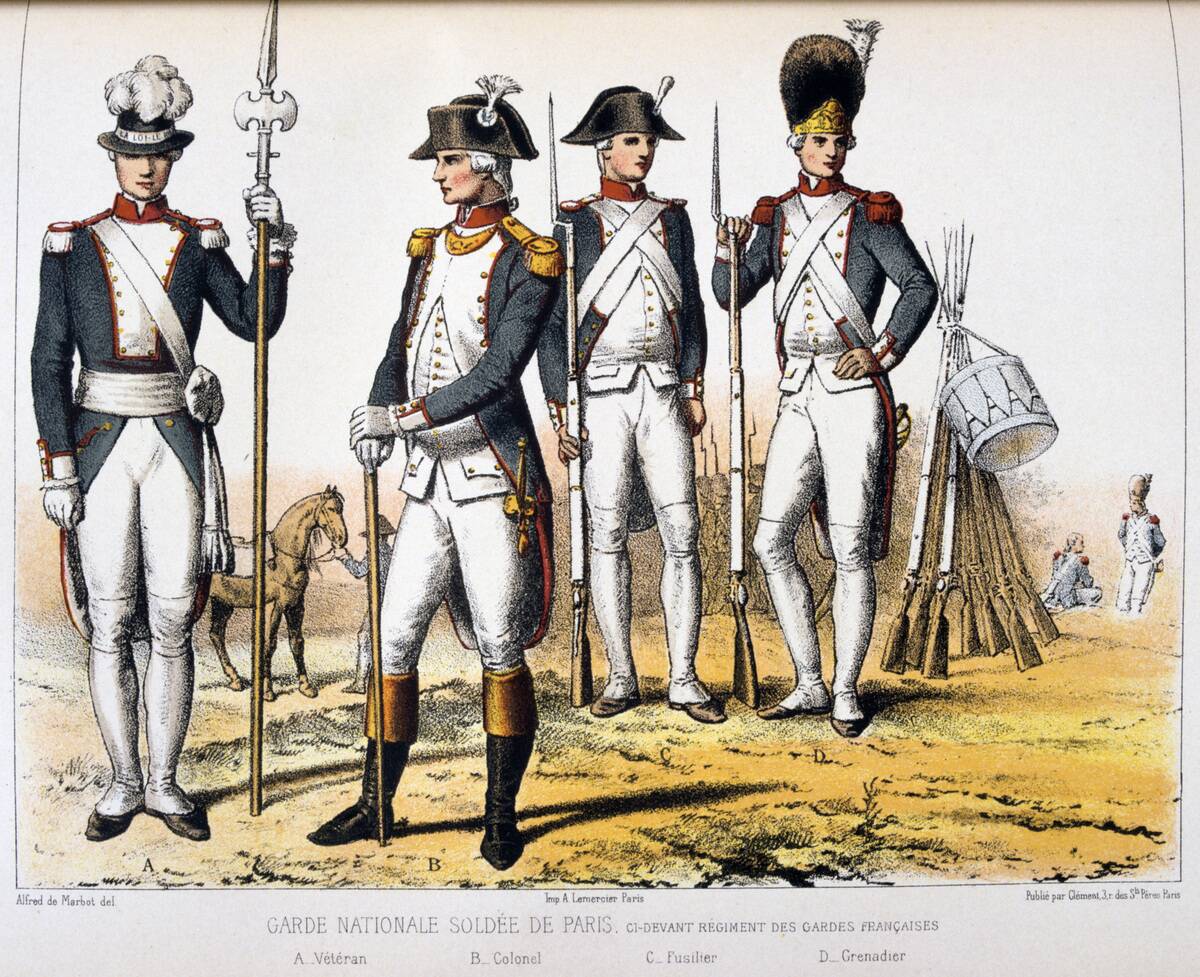
Rifles, with their rifled barrels, offered greater accuracy and range than muskets. Developed in the 18th century, they became standard military issue by the 19th century.
The ability to hit targets at distance transformed military engagements, emphasizing marksmanship and leading to more strategic battlefield maneuvers.
The Machine Gun: A Game Changer in Firepower and Strategy
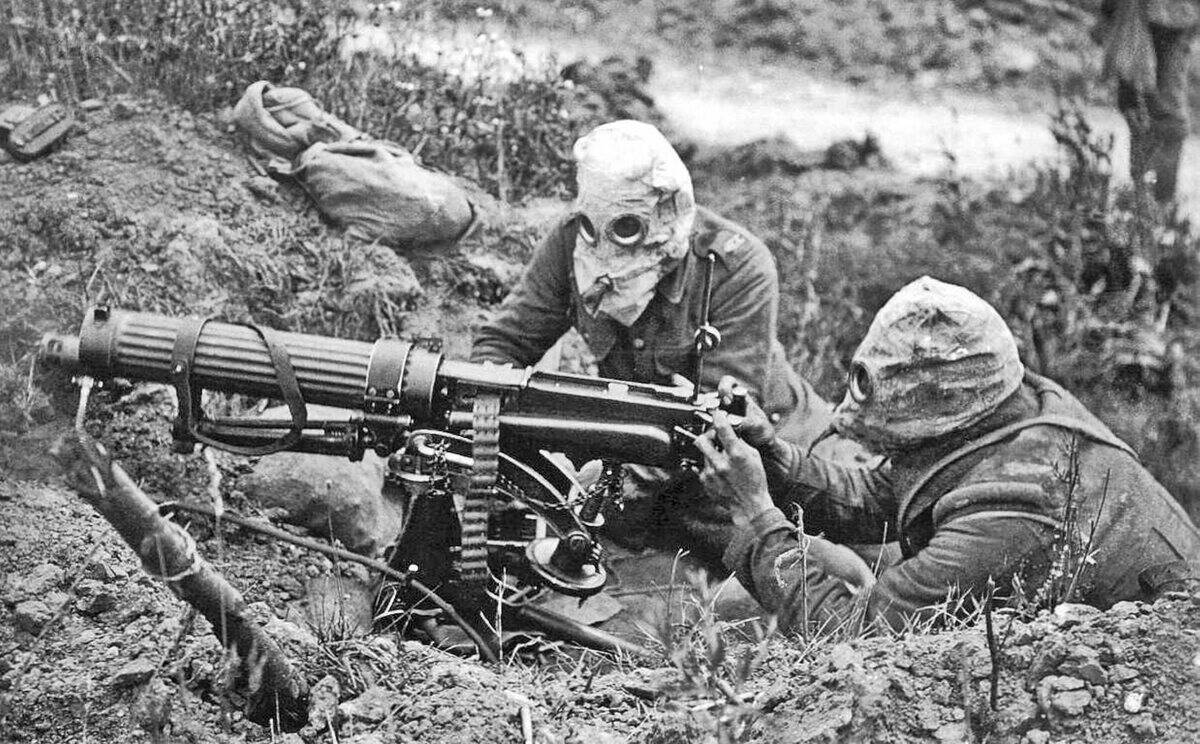
The machine gun, invented in the mid-19th century after a century of precursor concepts, brought unprecedented firepower to the battlefield.
Capable of firing hundreds of rounds per minute, it changed the nature of warfare, making mass infantry assaults costly and ineffective. Its introduction during World War I made trench warfare even more deadly, altering military strategies permanently.
The Tank: Armored Behemoths of Modern Warfare
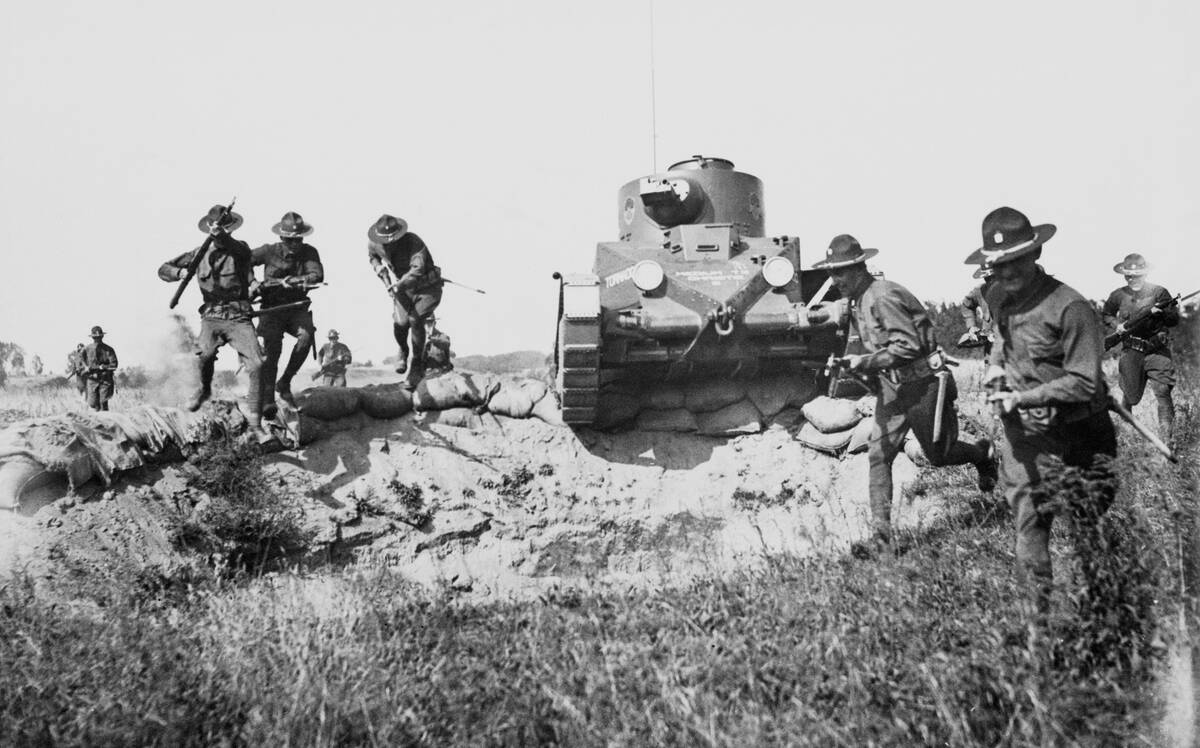
Tanks first rolled onto the battlefield during World War I, providing mobile firepower and protection against machine guns.
These armored vehicles could cross difficult terrain, breaking through enemy lines and changing the dynamics of ground warfare. Tanks became integral to military strategies in World War II and beyond.
The Fighter Plane: Taking Battles to the Skies
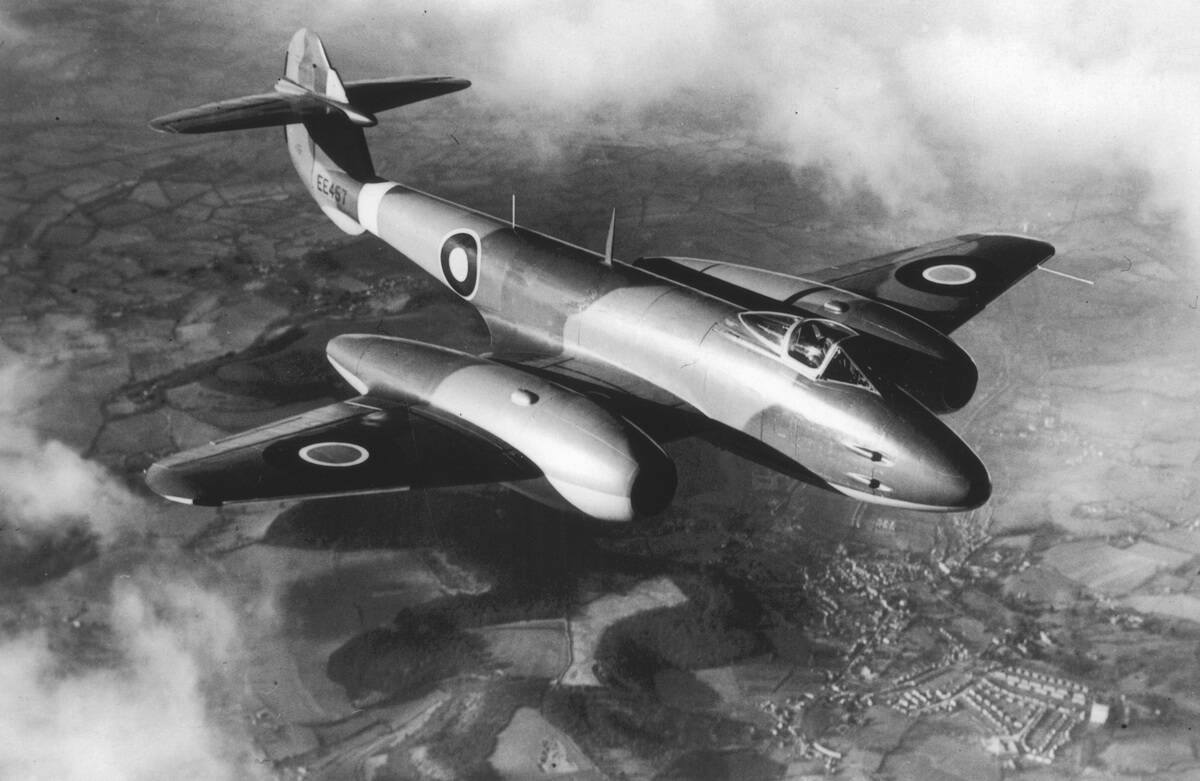
Fighter planes took warfare into the third dimension, with the first aerial combat occurring in World War I.
By World War II, aircraft had become essential for reconnaissance, air superiority, and strategic bombardment. The speed and agility of fighter planes revolutionized military tactics and highlighted the importance of air power.
The Submarine: Silent Predators Beneath the Waves
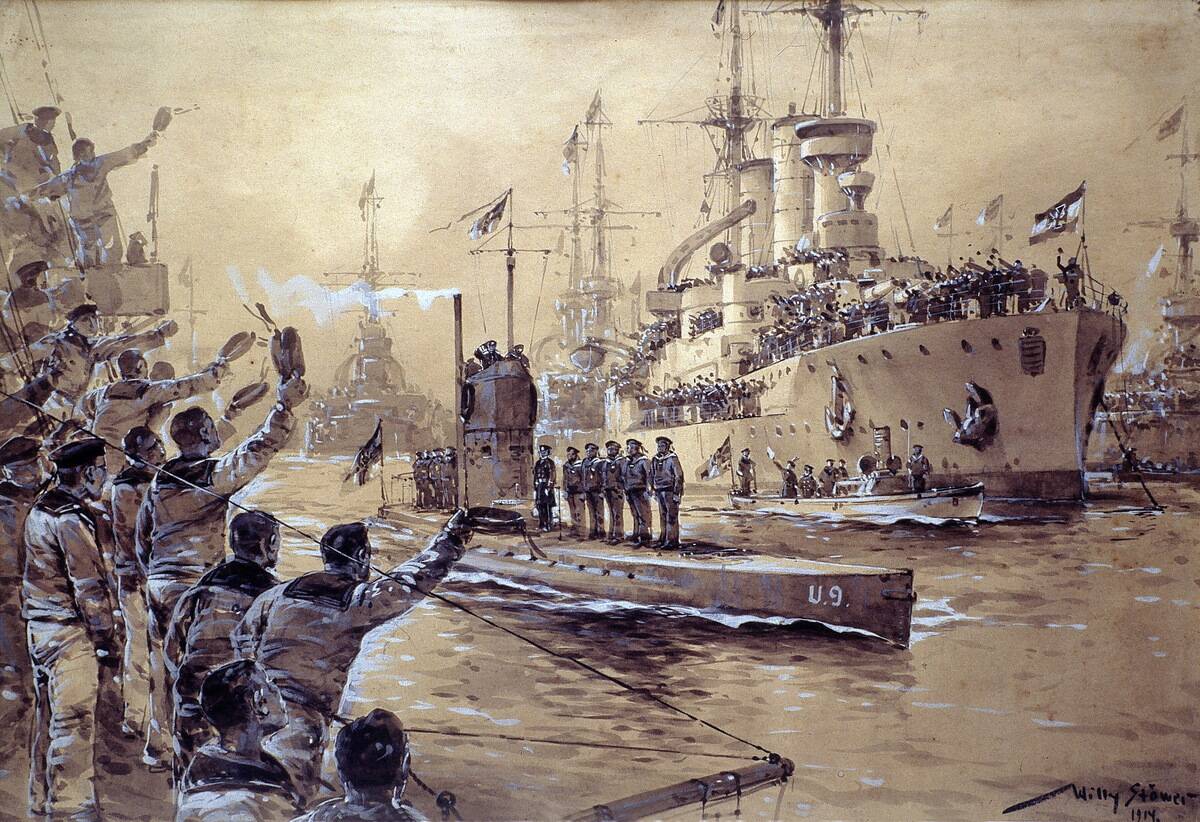
Submarines introduced stealth to naval warfare, capable of sinking ships while remaining undetected. Although the Confederacy famously used a hand-powered submarine during the American Civil War, it proved too dangerous to its crew to serve as a reliable weapon.
First used extensively during World War I, submarines became a formidable threat in World War II. Submarines could blockade enemy ports and attack convoys, proving their strategic value in controlling the seas.
The Atomic Weapon: A New Era of Destructive Power
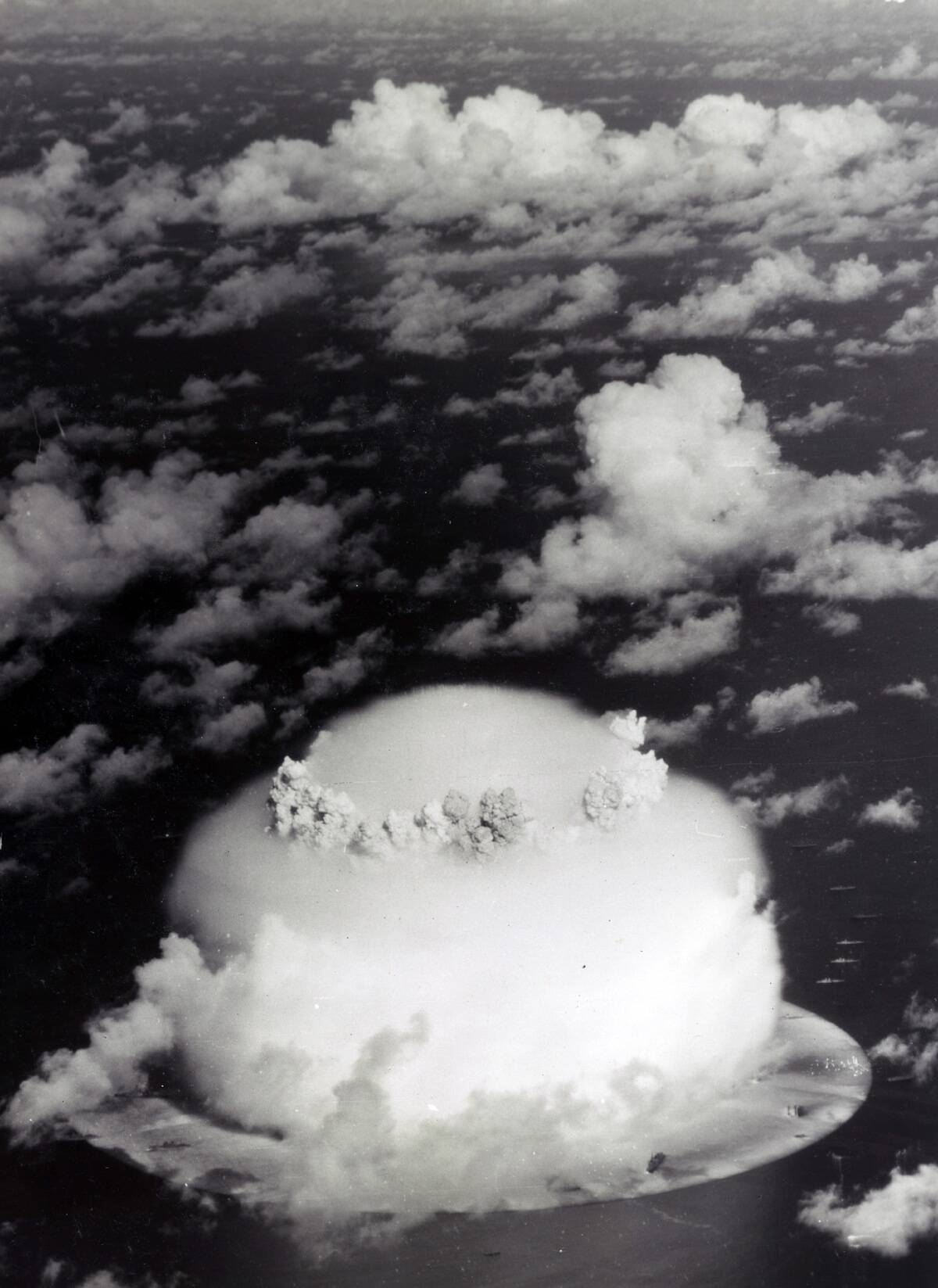
The atomic weapon, first used in 1945, introduced a new level of destruction with its immense explosive power.
Developed during the Manhattan Project, it changed global politics and military strategies, leading to the Cold War’s nuclear arms race. The weapon’s impact on Hiroshima and Nagasaki demonstrated its devastating potential.
The Assault Rifle: Versatility and Efficiency in a Single Weapon

Assault rifles, with their select-fire capabilities, offer versatility in combat. First popularized by the German Sturmgewehr 44 during World War II, they have become the standard infantry weapon worldwide.
Their ability to switch between semi-automatic and automatic fire makes them suitable for various combat scenarios.
The Drone: Redefining Modern Warfare with Unmanned Precision

Drones have transformed modern warfare by allowing for remote surveillance and targeted strikes without risking human pilots.
Used extensively in recent conflicts, drones offer precision and flexibility, capable of gathering intelligence and eliminating threats from afar. Their use raises ethical and legal questions about warfare’s future.
Cyber Warfare: The Invisible Battlefield of the Digital Age
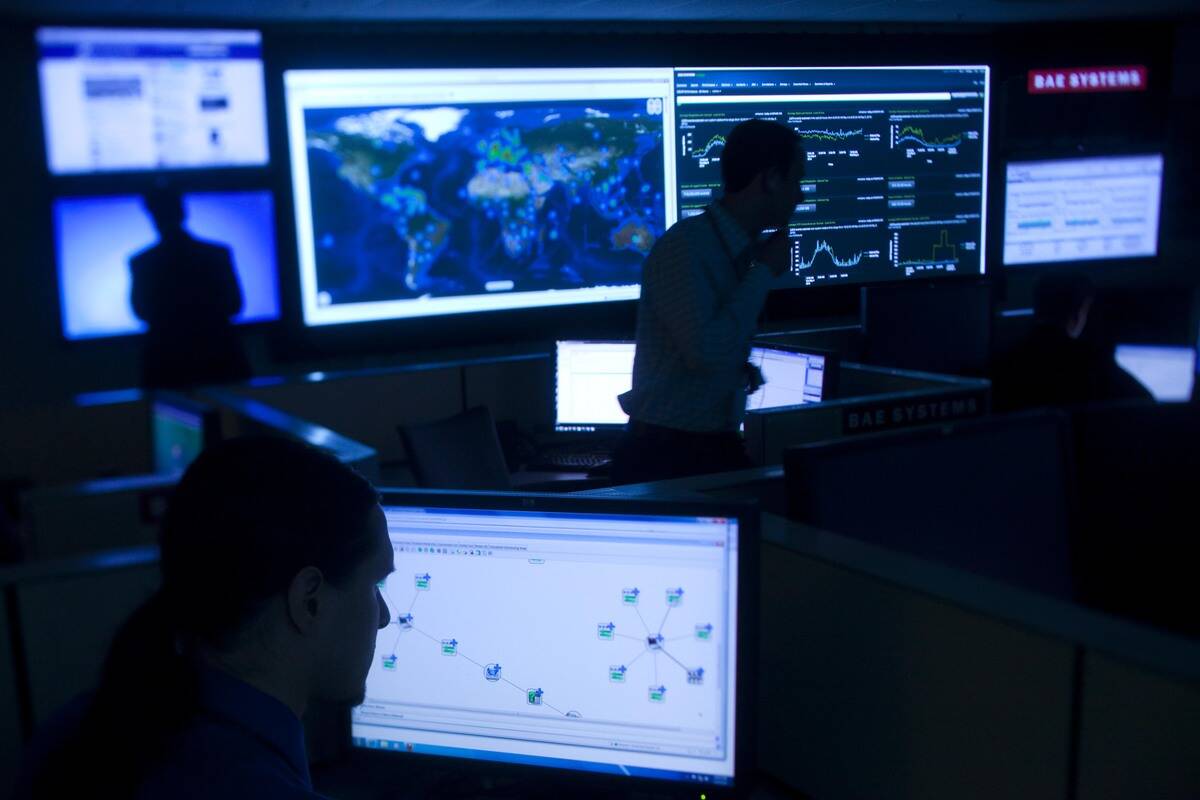
Cyber warfare represents a new frontier, where battles are fought in the digital realm. Nations can disrupt infrastructure, steal data, and influence public opinion without physical conflict.
As technology advances, cyber warfare’s significance grows, highlighting the need for robust cybersecurity measures to protect national interests.



